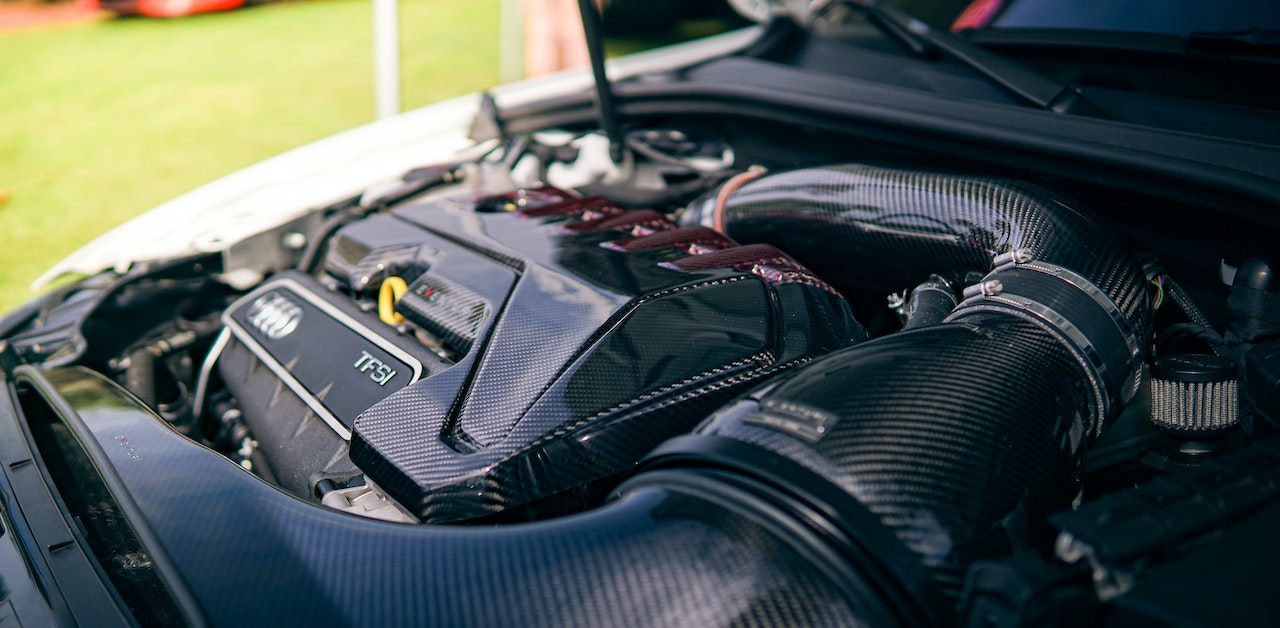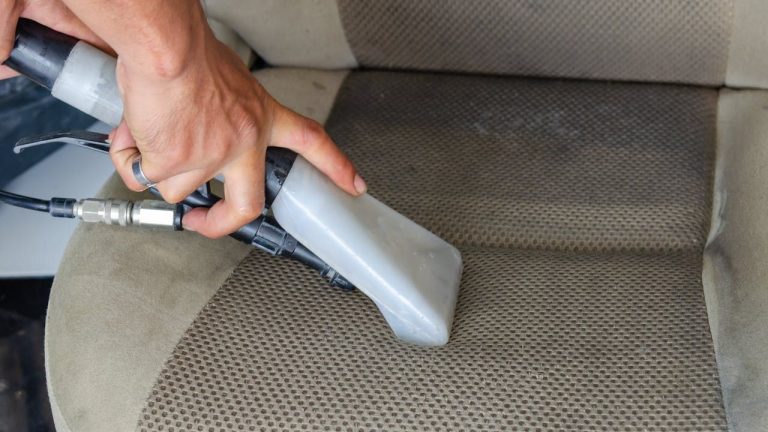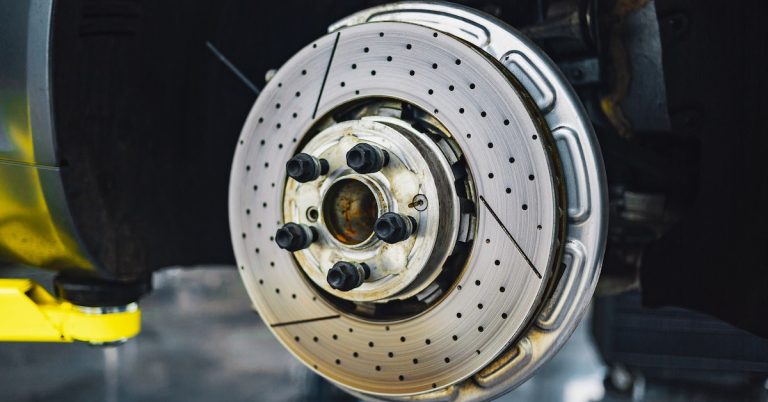Reducing engine vibration can be achieved by proper engine balancing and installing vibration dampeners. Engine vibration can result in decreased performance and increased wear and tear on the engine components.
To tackle this issue, it is crucial to ensure that the engine is balanced correctly. This involves checking the crankshaft, flywheel, and connecting rods for any imbalances and addressing them accordingly. Additionally, installing vibration dampeners can minimize engine vibration by absorbing and dissipating the vibrations produced during operation.
By following these steps, engine vibration can be effectively reduced, leading to smoother operation and improved overall performance.
Understanding Engine Vibration
Engine vibration can be a nuisance, negatively impacting ride quality. Understanding what causes engine vibration is crucial. By identifying these causes, we can work towards reducing it. Engine vibrations can be attributed to various factors, ranging from faulty spark plugs to imbalanced rotating parts.
The severity of engine vibration can be determined by its impact on ride quality. Excessive vibrations can lead to discomfort for passengers and affect overall vehicle performance. It is important to prioritize reducing engine vibration to improve ride comfort and reduce potential damage to the engine.
How to Reduce Engine Vibration
Reducing engine vibration involves several steps. Firstly, it’s crucial to regularly maintain and service your vehicle to ensure all parts are functioning optimally. This includes checking and replacing worn-out engine mounts, which are responsible for holding the engine in place and absorbing vibrations. Secondly, maintaining a balanced drivetrain can also help reduce engine vibration. This involves checking the alignment of the drive shaft and the condition of the universal joints. Lastly, regular oil changes are essential as old or low-quality oil can cause the engine to run roughly, leading to increased vibration. By following these steps, you can significantly reduce engine vibration, enhancing your vehicle’s performance and your driving experience. Let’s know more about this
Technique 1: Regular Maintenance
Regular maintenance is crucial for reducing engine vibration. It is important to check and replace engine mounts to ensure stability and minimize vibrations. Additionally, addressing any misfires or engine problems promptly is vital in reducing engine vibration. These maintenance practices can help maintain engine performance and minimize engine vibrations, resulting in a smoother and more comfortable driving experience.
Regular maintenance goes a long way in preventing potential issues and prolonging the lifespan of your vehicle’s engine. By taking proactive measures to address engine-related concerns, you can reduce vibrations and promote optimal engine function. Stay on top of regular maintenance tasks to keep your engine running smoothly and minimize vibrations for a more enjoyable driving experience.
Technique 2: Balancing Engine Components
Balancing Engine Components plays a crucial role in reducing engine vibration. One important aspect is balancing the crankshaft and connecting rods. This process involves carefully equalizing the weight distribution of these components, ensuring smooth rotation and minimizing vibration.
Another key component to balance is the flywheel and harmonic balancer. These components are responsible for reducing engine vibration by offsetting and absorbing the inherent vibrations produced during the combustion process. Properly balancing these parts helps in achieving better engine performance, reducing wear and tear on other engine components, and enhancing overall driving experience.
Technique 3: Ensuring Proper Lubrication
Proper lubrication plays a significant role in reducing engine vibration. Using high-quality, low viscosity oil helps decrease friction and ensures smooth engine operation. Regularly checking and changing the oil prevents the accumulation of contaminants, preventing wear and tear on engine components.
Adequate lubrication not only reduces vibration but also extends the lifespan of the engine. It helps maintain optimal performance and prevents excessive strain on the engine, leading to smoother and quieter operation. By following these techniques, you can minimize engine vibration and enjoy a smoother driving experience.
Technique 4: Installing Engine Dampers
Engine dampers are effective in reducing engine vibration. They play a crucial role in balancing the engine’s rotating parts, absorbing excess vibrations, and enhancing overall performance. When choosing the right engine damper, it is important to consider the specific needs of your vehicle.
Once you have selected the appropriate damper, proper installation and regular maintenance are key. By following these steps, you can minimize engine vibration, improve driving comfort, and prolong the lifespan of your engine.
Take the time to research and invest in quality engine dampers for a smoother and more efficient driving experience.
Technique 5: Upgrading Engine Mounts
Engine vibration can be reduced by upgrading engine mounts. Sturdy engine mounts are important for several reasons. First, they provide better stability and support to the engine, reducing vibrations. Additionally, worn-out engine mounts can contribute to increased vibrations, so it’s crucial to replace them when necessary.
Upgrading to aftermarket engine mounts can also make a significant difference in reducing engine vibration. These mounts are often designed with advanced features that further dampen vibrations.
It’s essential to prioritize engine mount maintenance and consider upgrading to aftermarket options for optimal vibration reduction.
Technique 6: Tuning Engine Parameters
Engine vibration can be reduced by tuning engine parameters, such as optimizing timing and ignition. By adjusting the fuel mixture, you can ensure smooth operation. Additionally, considering aftermarket engine management systems can further enhance vibration reduction.
Technique 7: Installing Vibrations Dampening Systems
Engine vibrations can be reduced by installing vibrations dampening systems. One effective technique is to use torsional vibration dampeners. These dampeners help minimize vibrations in the engine, leading to a smoother operation.
These technologies focus on absorbing or damping the vibrations produced by the engine, thus reducing overall vibration levels.
Frequently Asked Questions On How To Reduce Engine Vibration
What Reduces Engine Vibration?
Engine vibration can be reduced by several methods.
- Using engine mounts that are designed to absorb vibrations can be effective.
- Balancing the engine’s rotating components, such as the crankshaft and pistons, can help minimize vibrations.
- Maintaining the engine and its components, such as spark plugs and fuel injectors, in good condition can prevent vibrations.
- Using high-quality lubricants can also help reduce friction and vibration.
- Ensuring proper alignment of the engine and its accessories, such as the pulleys and belts, can minimize vibrations.
What Causes Excessive Engine Vibration?
Excessive engine vibration can be caused by various factors,
- Such as worn out engine mounts
- Damaged or worn out belts and pulleys
- Fuel quality issues, or problems with the ignition system.
- Another possible cause is a misfiring engine, which occurs when the fuel and air mixture in one or more of the cylinders is not ignited correctly.
- Poor engine maintenance, including a dirty air filter or low oil levels, can also contribute to excessive engine vibration.
- Furthermore, a faulty exhaust system or a blocked catalytic converter can create a restriction in the flow of exhaust gases, leading to engine vibration.
Does Engine Oil Reduce Vibration?
Engine oil does not directly reduce vibration. It primarily serves to lubricate the engine’s moving parts, preventing friction and wear. However, using the correct viscosity oil can indirectly reduce vibration by maintaining optimal engine performance. When the engine runs smoothly, it produces less vibration.
It’s important to follow the manufacturer’s recommendations and use the right oil for your specific engine to ensure optimal performance and reduce any potential vibrations.
Conclusion
If you’ve been dealing with engine vibrations, you know how frustrating it can be. Fortunately, reducing engine vibration is possible with a few simple steps. Which we discussed above. This will ensure smooth engine operation and minimize vibrations. So take action and make your driving experience more comfortable.







